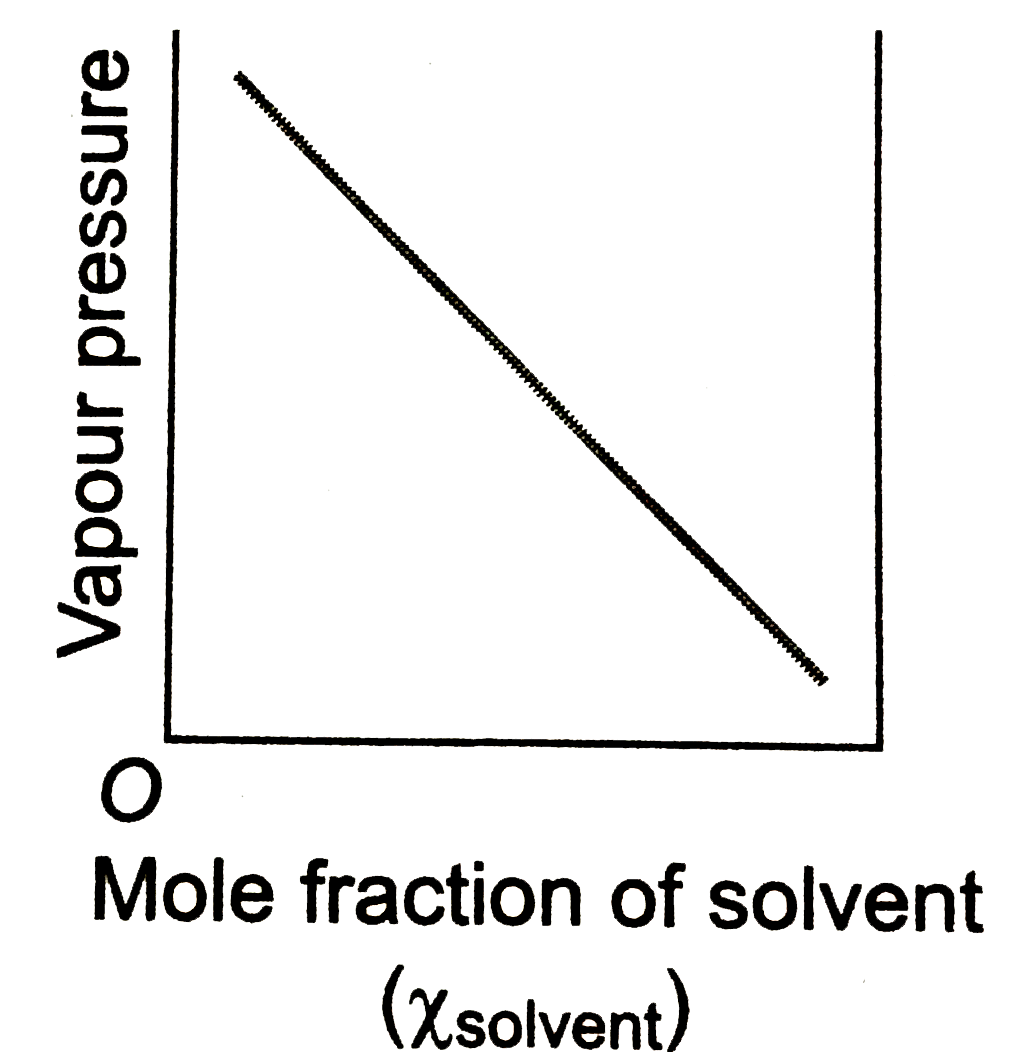Which of the following obey's Ohm's law?
Transistor
Nichrome
Diode
Liquid electrolyte
The correct Answer is:B
To determine which of the following materials obeys Ohm's law, we first need to understand the definition of Ohm's law and the characteristics of materials that follow it.
1. Understand Ohm's Law:
Ohm's law states that the current (I) flowing through a conductor between two points is directly proportional to the voltage (V) across the two points. This can be expressed mathematically as:
V=I⋅R
where R is the resistance of the conductor.
2. Identify Linear Relationship:
For a material to obey Ohm's law, the relationship between voltage and current must be linear. This means that if you plot a graph of voltage (V) against current (I), it should yield a straight line passing through the origin.
3. Examine the Materials:
- Conductors: Materials like copper and nichrome are typically good conductors and often obey Ohm's law under normal conditions.
- Diodes: These are semiconductor devices that do not have a linear relationship between voltage and current. They exhibit a non-linear I-V characteristic.
- Transistors: These are also semiconductor devices and do not obey Ohm's law in a linear manner.
4. Conclusion:
Based on the characteristics of the materials, nichrome wire is a good example of a conductor that obeys Ohm's law because it maintains a linear relationship between voltage and current.
Final Answer:
The material that obeys Ohm's law is nichrome wire.
Ohm's law states that the current (I) flowing through a conductor between two points is directly proportional to the voltage (V) across the two points. This can be expressed mathematically as:
V=I⋅R
where R is the resistance of the conductor.
For a material to obey Ohm's law, the relationship between voltage and current must be linear. This means that if you plot a graph of voltage (V) against current (I), it should yield a straight line passing through the origin.
- Conductors: Materials like copper and nichrome are typically good conductors and often obey Ohm's law under normal conditions.
- Diodes: These are semiconductor devices that do not have a linear relationship between voltage and current. They exhibit a non-linear I-V characteristic.
- Transistors: These are also semiconductor devices and do not obey Ohm's law in a linear manner.
Based on the characteristics of the materials, nichrome wire is a good example of a conductor that obeys Ohm's law because it maintains a linear relationship between voltage and current.
The material that obeys Ohm's law is nichrome wire.
Topper's Solved these Questions
- BOOK - EDUCART PUBLICATIONCHAPTER - SAMPLE PAPER 3EXERCISE - SECNTION -B24videos
SAMPLE PAPER 3
- BOOK - EDUCART PUBLICATIONCHAPTER - SAMPLE PAPER 3EXERCISE - SECNTION -C6videos
SAMPLE PAPER 3
- BOOK - EDUCART PUBLICATIONCHAPTER - SAMPLE PAPER 2EXERCISE - SECTION-C6videos
SAMPLE PAPER 2
- BOOK - EDUCART PUBLICATIONCHAPTER - SAMPLE PAPER 5EXERCISE - SECTION - C6videos
SAMPLE PAPER 5
Similar Questions
Knowledge Check
- Question 1 - Select One
In which one of the following cases Ohm's law is not vaild?
AWire bound resistorBPotentiometerCJunction diodeDElectric bulb - Question 2 - Select One
Which of the following plot obeys the Raoult's law for all concentration ?
A B
B C
C D
D
- Question 3 - Select One
Which of the following plot obeys the Raoult's law for all concentration?
A B
B C
C D
D
Which of the following represents the ohm's law ?
View SolutionWhich of the following is mathematical equation of Ohm's law ?
View SolutionExpress which of the following set ups can be used to verify Ohm's law.
View SolutionExpress which of the following set ups can be used to verify
ohm's law?View SolutionExpress which of the following set ups can be used to verify
ohm's law?View Solution

